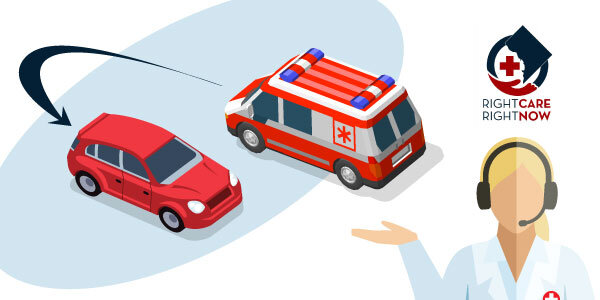
MTM Partners with the District of Columbia to Connect Residents with the Right Care, Right Now
Recently, MTM expanded our non-emergency medical transportation (NEMT) operations in the District of Columbia to include transportation under the District’s new Right Care, Right Now initiative. The bold initiative, led by Washington, DC Mayor Muriel Bowser, strives to link many 911 callers with non-emergent injuries and medical conditions to primary care providers near their homes instead of dispatching an ambulance to the scene for transport to a hospital.
According to the Washington, DC Fire and EMS Department (FEMS), the District has one of the highest per capita EMS call volumes in the nation, which puts a strain on emergency resources. Under the Right Care, Right Now program, 911 callers with non-emergent conditions are transferred to a nurse, who asks the caller questions to assess their symptoms. Using this information, the nurse refers them to the most appropriate medical care, like a community clinic or local urgent care facility. If the caller is a Medicaid or DC Healthcare Alliance enrollee, they can receive free transportation to and from the clinic. MTM provides this transportation service to enrollees served by our NEMT contract with the Department of Health Care Finance (DHCF). Transportation is delivered through a local network of NEMT providers within 30 minutes of referral from the nurse, helping connect the patient to the appropriate level of care. MTM anticipates providing approximately 16,000 annual trip legs under the Right Care, Right now program, adding to the 168,000 annual trips we already provide under the District Medicaid NEMT contract.
“With more than 10 years of NEMT service in the District, there is no better partner for FEMS’s Right Care, Right Now initiative than MTM,” said President and CEO Alaina Maciá. “Inappropriate use of 911 services and hospital care is a growing epidemic in our country. We’re honored to partner with FEMS to connect its residents to healthcare and help achieve its goals of improving patient health outcomes, preserving emergency resources for patients with life-threatening injuries and illnesses, and freeing up beds in crowded hospital ERs.”
Categories
- Alaina Macia (31)
- Employee Wellness (19)
- ETO Newsletter (64)
- Events (70)
- MTM eNewsletter (83)
- News & Events (647)
- Tradeshows (57)
- Uncategorized (17)
- Webinars (15)



